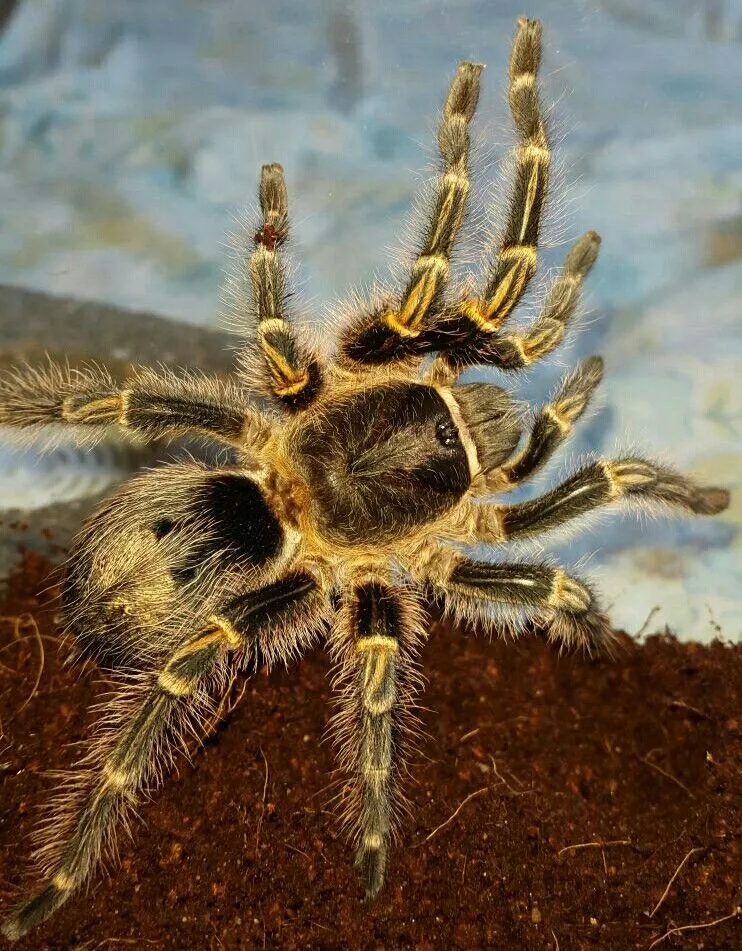Understanding Chaco Golden Knee Tarantula Growth Rate
The Chaco Golden Knee Tarantula (Grammostola pulchripes) is a captivating creature, beloved by arachnid enthusiasts for its striking appearance and docile nature. When keeping this species, one of the most common questions revolves around its growth rate. Understanding how quickly these fascinating tarantulas develop is crucial for providing proper care, which is essential for their health and well-being. This comprehensive guide is designed to provide you with a detailed understanding of the factors that influence the growth of your Chaco Golden Knee, helping you become a more informed and successful tarantula keeper. We’ll explore genetics, diet, environmental conditions, and the molting process to equip you with everything you need to know about your tarantula’s development.
Factors Affecting Chaco Golden Knee Growth
Several interconnected factors determine the growth rate of a Chaco Golden Knee Tarantula. These factors work together to influence how rapidly your tarantula develops and matures. Neglecting any of these elements can potentially hinder growth or lead to health issues. The careful management of these factors is crucial for the healthy development of your tarantula. Let’s explore the main influences on the overall speed of growth and how to best support your Chaco Golden Knee Tarantula’s development. By understanding these factors, you can provide the optimal environment for your tarantula to thrive.
Genetics and Chaco Golden Knee Growth
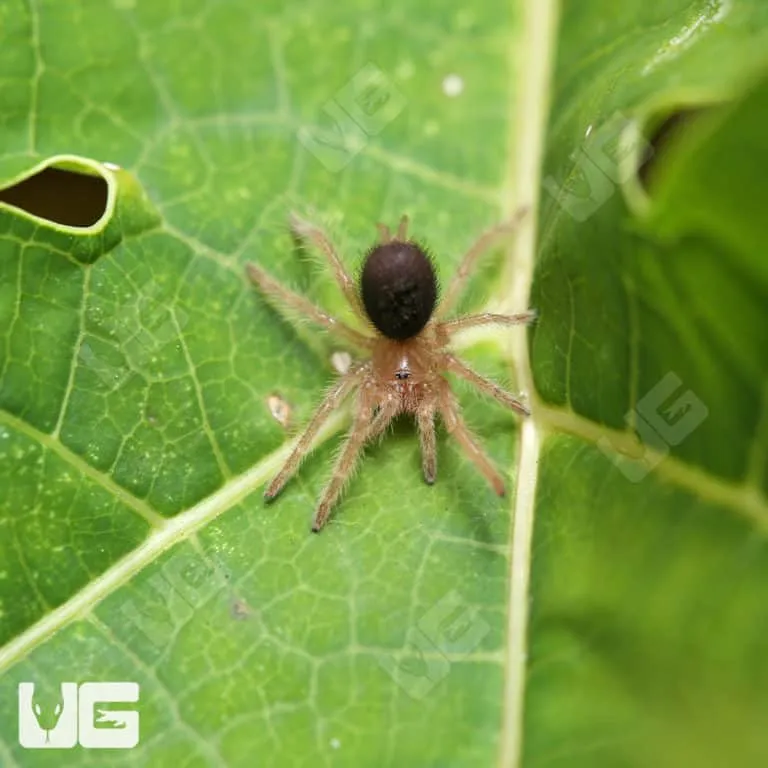
Just like with any other animal, genetics significantly influence a tarantula’s growth rate. Certain tarantulas are genetically predisposed to grow faster than others. The genetic makeup of the spider affects various aspects of its development, including its metabolism and overall size potential. If your tarantula originates from a lineage of individuals known for rapid growth, it is more likely that yours will also exhibit a faster growth rate. While keepers cannot directly manipulate genetics, understanding this factor helps set realistic expectations and plan care accordingly. It is important to remember that not all tarantulas grow at the same pace; there is natural variation within the species.
Diet and Feeding on Chaco Golden Knee Growth
Nutrition is paramount for the healthy development of your Chaco Golden Knee. A well-balanced diet, rich in essential nutrients, fuels their growth and supports the molting process. It is important to remember that a tarantula’s growth is directly influenced by its food intake, and providing the appropriate amount of food is vital to its health. Without proper feeding, your tarantula may experience stunted growth or other health problems. Monitoring the quantity and quality of food, making sure the diet has the necessary elements, is a key aspect of tarantula keeping. Proper feeding is a fundamental requirement for supporting your Chaco Golden Knee’s health and growth.
Importance of Proper Feeding
Providing a high-quality, varied diet is crucial for your tarantula’s health and growth. Tarantulas thrive on a diet of insects, such as crickets, mealworms, and roaches. Gut-loading these insects (feeding them nutritious food before offering them to your tarantula) enhances their nutritional value, providing essential vitamins and minerals. This practice ensures that your Chaco Golden Knee receives all the nutrients necessary for healthy growth. While supplements are typically unnecessary, a varied diet will often provide the necessary nutrients. Feeding your Chaco Golden Knee with the appropriate food will help ensure they stay healthy and grow properly. The nutritional value of the food you provide is a cornerstone of your tarantula’s development.
Feeding Frequency and Amounts
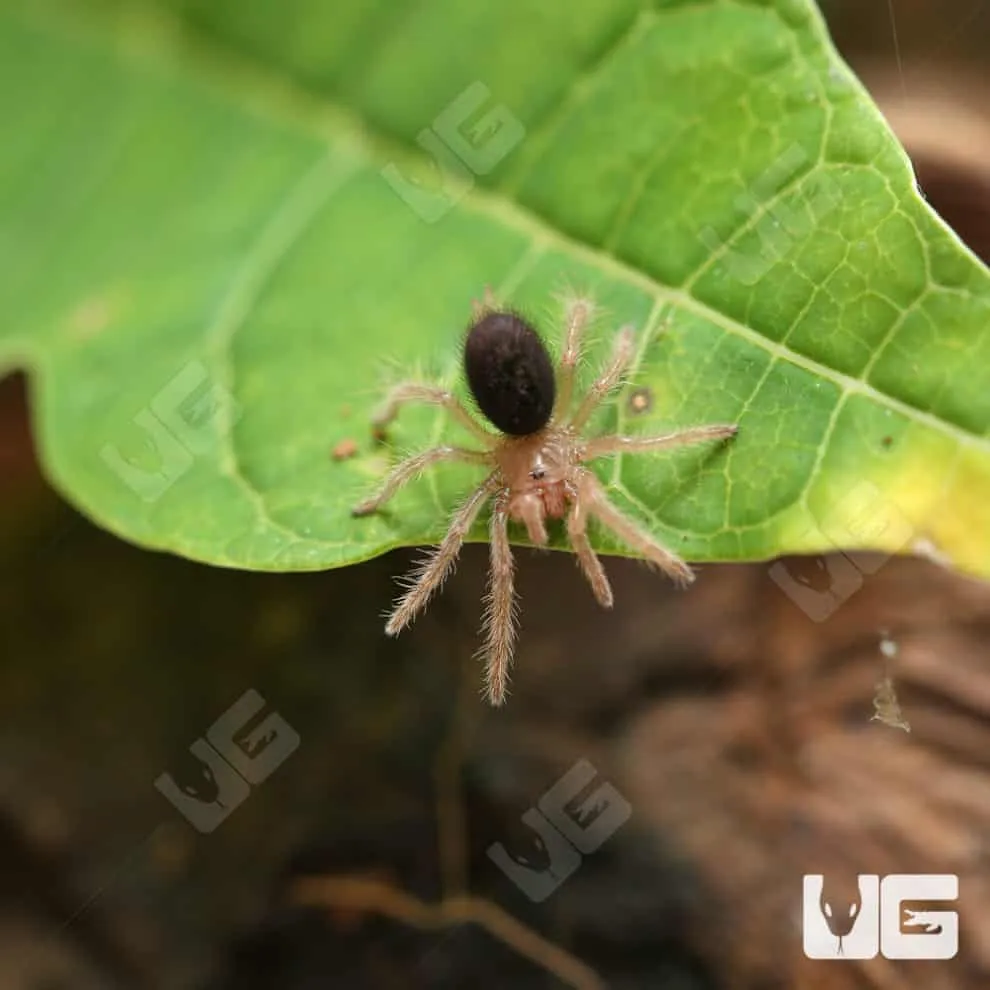
Feeding frequency varies depending on your tarantula’s age and growth stage. Spiderlings (young tarantulas) should be fed more frequently, often every other day or even daily. As they grow, feeding can be reduced to once or twice per week. The amount of food offered should be appropriate for the tarantula’s size. Overfeeding can lead to obesity, which can cause issues during molting. Always remove uneaten food within 24 hours to prevent mold and mite growth in the enclosure. Overfeeding is a common mistake among new keepers; it is important to keep in mind that, in many cases, less is more. Keeping a close eye on the feeding regime is important as your tarantula grows.
Temperature and Humidity Impact
Environmental factors, such as temperature and humidity, are crucial for your tarantula’s growth. These conditions directly influence the tarantula’s metabolism and, therefore, its growth rate. Maintaining the correct environmental parameters supports the molting process and ensures overall well-being. Incorrect temperature or humidity can cause issues during molting, which can detrimentally impact your tarantula’s health and growth. By optimizing these conditions, you create an ideal environment for your Chaco Golden Knee to thrive. The correct temperature and humidity are key elements of a well-maintained enclosure. Maintaining the right environmental conditions is essential to supporting the natural development of your tarantula.
Optimal Temperature for Growth
Chaco Golden Knees thrive in temperatures ranging from 75-85°F (24-29°C). A heat source, like a heat mat or low-wattage bulb, can help maintain the correct temperature. Make sure the heat source is regulated to prevent overheating, which can be fatal. Regular monitoring with a thermometer is essential to make sure the temperature remains within the desired range. It’s also important to establish a thermal gradient within the enclosure, enabling the tarantula to move to different areas to regulate its body temperature. This allows the tarantula to control its body temperature based on its needs. Creating a thermal gradient gives your tarantula the means to control its body temperature.
Humidity Levels for Chaco Golden Knee
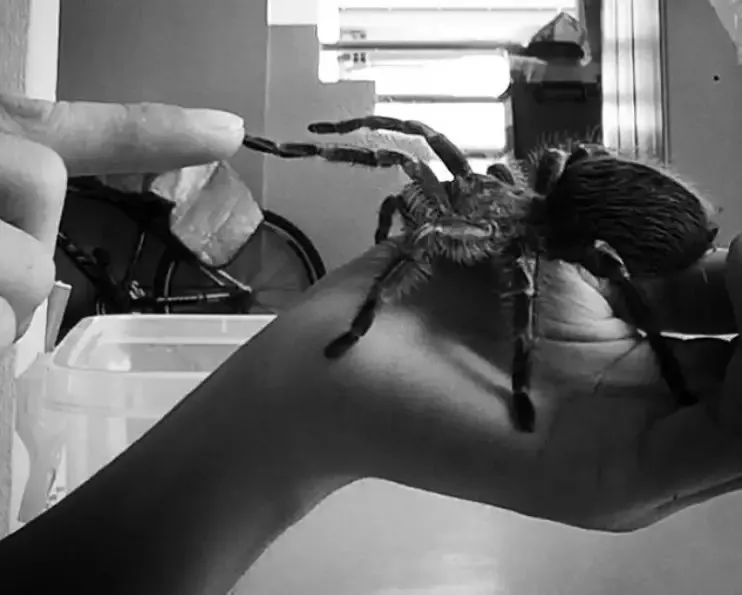
Humidity is also important for your tarantula’s health and molting. The ideal humidity for a Chaco Golden Knee is between 60-70%. Use a hygrometer to monitor humidity levels in the enclosure. To maintain these levels, you can mist the enclosure with water once or twice a week or provide a shallow water dish. Adequate ventilation is essential to prevent mold and fungal growth. Misting and a water dish are the most effective ways to maintain the correct humidity for a Chaco Golden Knee. Keeping track of the humidity is an important part of ensuring your tarantula’s well-being. Adequate ventilation is essential to prevent the growth of harmful mold and fungus.
Molting and Its Role in Growth
Molting is a vital process for tarantulas, allowing them to grow and shed their old exoskeleton. The frequency of molting decreases as the tarantula matures. This process is crucial for the spider to increase in size and renew its external parts. Understanding the molting process is key to understanding tarantula growth. It is an essential aspect of their life cycle and provides insights into their overall health and development. During this process, the tarantula sheds its old exoskeleton and emerges with a new, larger one. Molting is how your tarantula increases in size and renews its external features.
The Molting Process Explained
Before molting, the tarantula typically stops eating, becomes less active, and may construct a silk mat. The actual molting process can take from a few hours to a couple of days. During molting, the tarantula lies on its back and wriggles out of its old exoskeleton. The new exoskeleton is soft and vulnerable at this stage. After molting, the tarantula is very vulnerable. Do not disturb the tarantula during this time. It may take a few days for the new exoskeleton to harden. The new exoskeleton is necessary for the tarantula’s survival. The molt is a vulnerable period, so provide a safe space for your tarantula to molt undisturbed.
Signs Your Tarantula is Molting
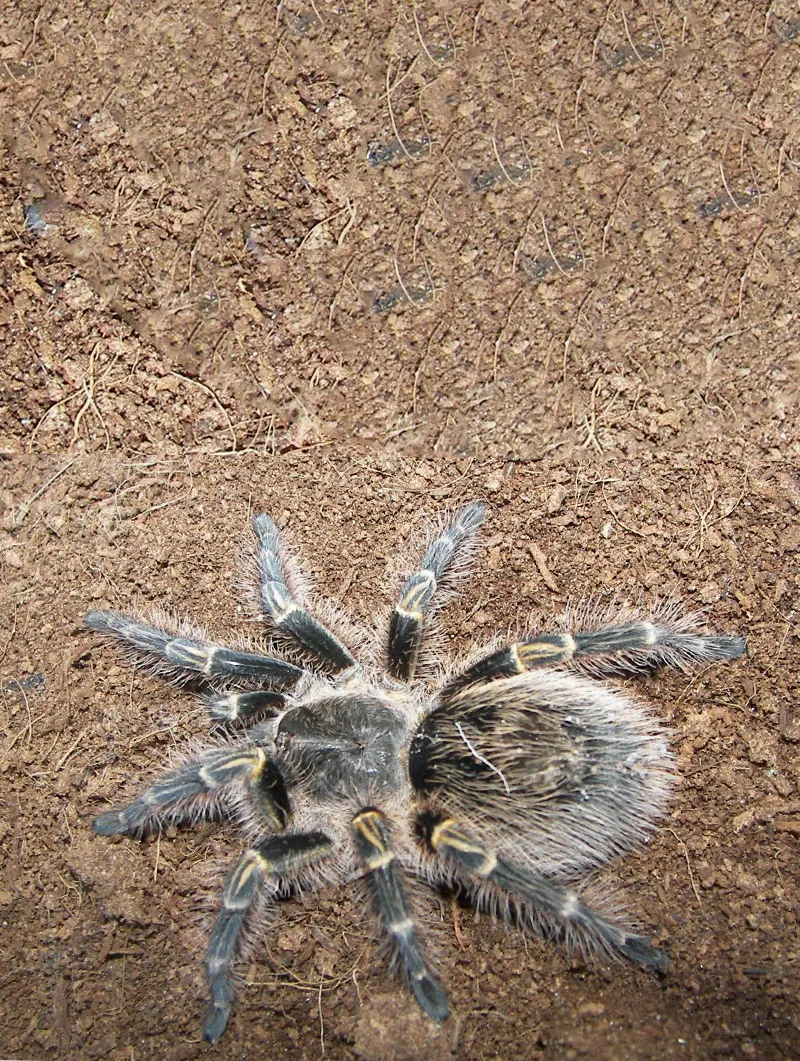
Several signs indicate that your tarantula is preparing to molt. These include a loss of appetite, a change in color (the tarantula may appear dull), and increased silk production. The tarantula might also become more reclusive. Before molting, the tarantula will often create a silk mat. Closely observe your tarantula to be aware of these changes, as this knowledge allows you to anticipate the molting process. Recognizing these signs is crucial for providing appropriate care during this vulnerable period. A loss of appetite is a good indicator that molting is on the way.
Post-Molting Care
After molting, provide your tarantula with time to recover. Avoid disturbing it and refrain from feeding it for a few days until its new exoskeleton hardens. Fresh water is also a good idea. During this vulnerable stage, it is important to avoid any disturbances. The hardened exoskeleton is essential for protection. With appropriate care, your tarantula will quickly regain strength and resume normal activities. Offering a safe, undisturbed environment is crucial for its health. A healthy recovery is essential for your tarantula’s long-term well-being. Always let your tarantula recover after molting; avoid handling until its exoskeleton hardens.
Lifespan and Growth Stages
Understanding the lifespan and growth stages of a Chaco Golden Knee provides context for its growth rate. Female Chaco Golden Knees tend to live longer than males. Their development follows a predictable pattern, with each stage influencing the frequency of molting and overall growth. Each stage marks specific periods of development. The knowledge of the different stages is very useful when observing your tarantula. Knowing the stages can assist you in providing the correct care. Knowing the different stages provides a better understanding of your tarantula’s overall development.
Growth Stages of a Chaco Golden Knee
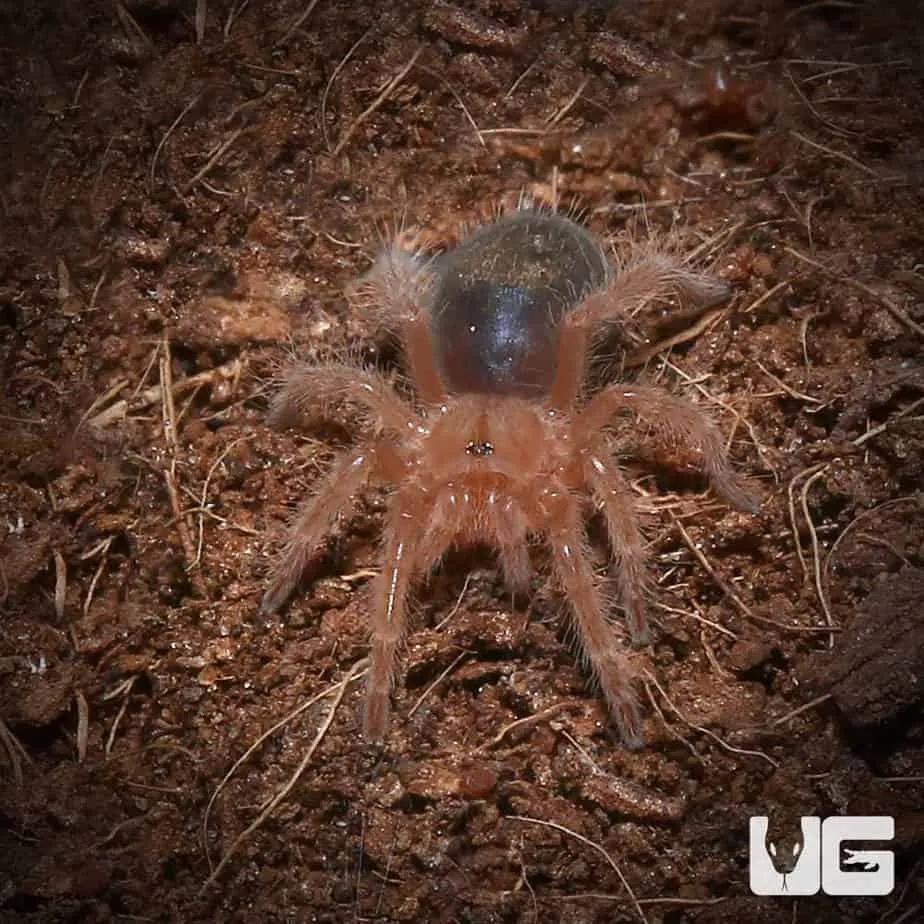
Chaco Golden Knees go through several growth stages, from spiderlings to adults. Spiderlings are small and molt frequently. As they grow, they molt less often, and their size increases with each molt. The growth rate is typically fastest during the early stages of their life. Sub-adults experience slower growth and fewer molts. Adults reach their full size and no longer molt. The rate of molting slows with age, eventually leading to the adult stage. At the adult stage, the tarantula will no longer molt and will remain the same size. These stages provide a clear understanding of how tarantulas develop. The progression from spiderling to adult is a fascinating process.
Female vs Male Growth Rates
Female Chaco Golden Knees generally live longer than males and tend to grow larger. They also molt less frequently as they mature. Males often mature faster, molt less, and have shorter lifespans. This is an important consideration for those considering a Chaco Golden Knee as a pet, as it will inform you of what to expect in terms of size and care requirements. Males also have shorter lifespans. The difference in lifespan and growth rates is something that many keepers take into account. Understanding the difference between males and females is important for all keepers.
Common Myths About Growth Rates
Numerous common misconceptions surround tarantula growth rates. One myth is that feeding a tarantula more will make it grow faster. While diet is important, overfeeding can lead to health problems and won’t necessarily accelerate growth. Another myth suggests you can control a tarantula’s ultimate size through feeding. Genetics and other factors have a greater influence on the final size. Understanding and dispelling these myths is crucial for appropriate tarantula care. Knowing the facts and debunking myths helps you become a better keeper. Separating fact from fiction will help you to be a successful keeper.
Conclusion
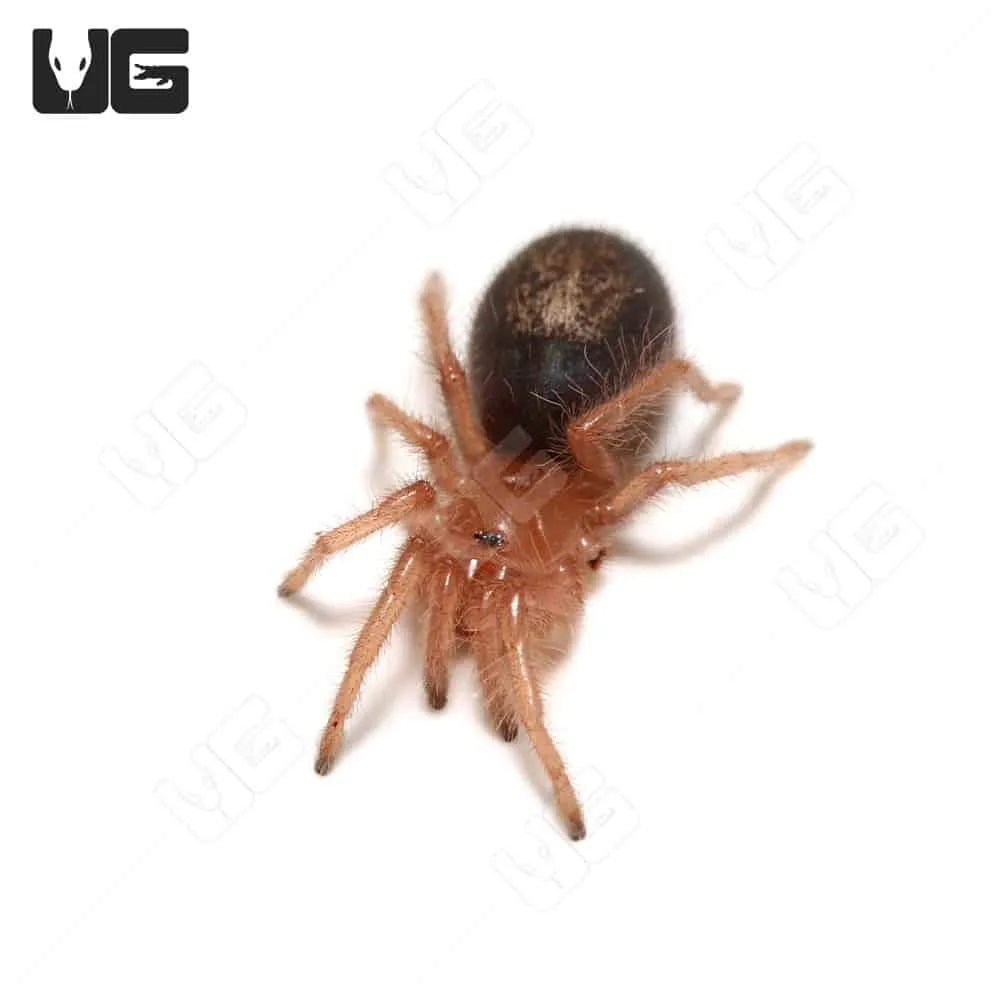
Understanding a Chaco Golden Knee Tarantula’s growth rate requires considering a complex interplay of factors. Genetics, diet, temperature, humidity, and the molting cycle all play essential roles. By providing the proper care, you can ensure that your Chaco Golden Knee thrives. Being a responsible tarantula owner is key to ensuring your tarantula has a long and healthy life. With the information from this guide, you are equipped to provide the best care for your Chaco Golden Knee and enjoy watching this remarkable species develop. By using these guidelines, you can successfully keep your Chaco Golden Knee.
